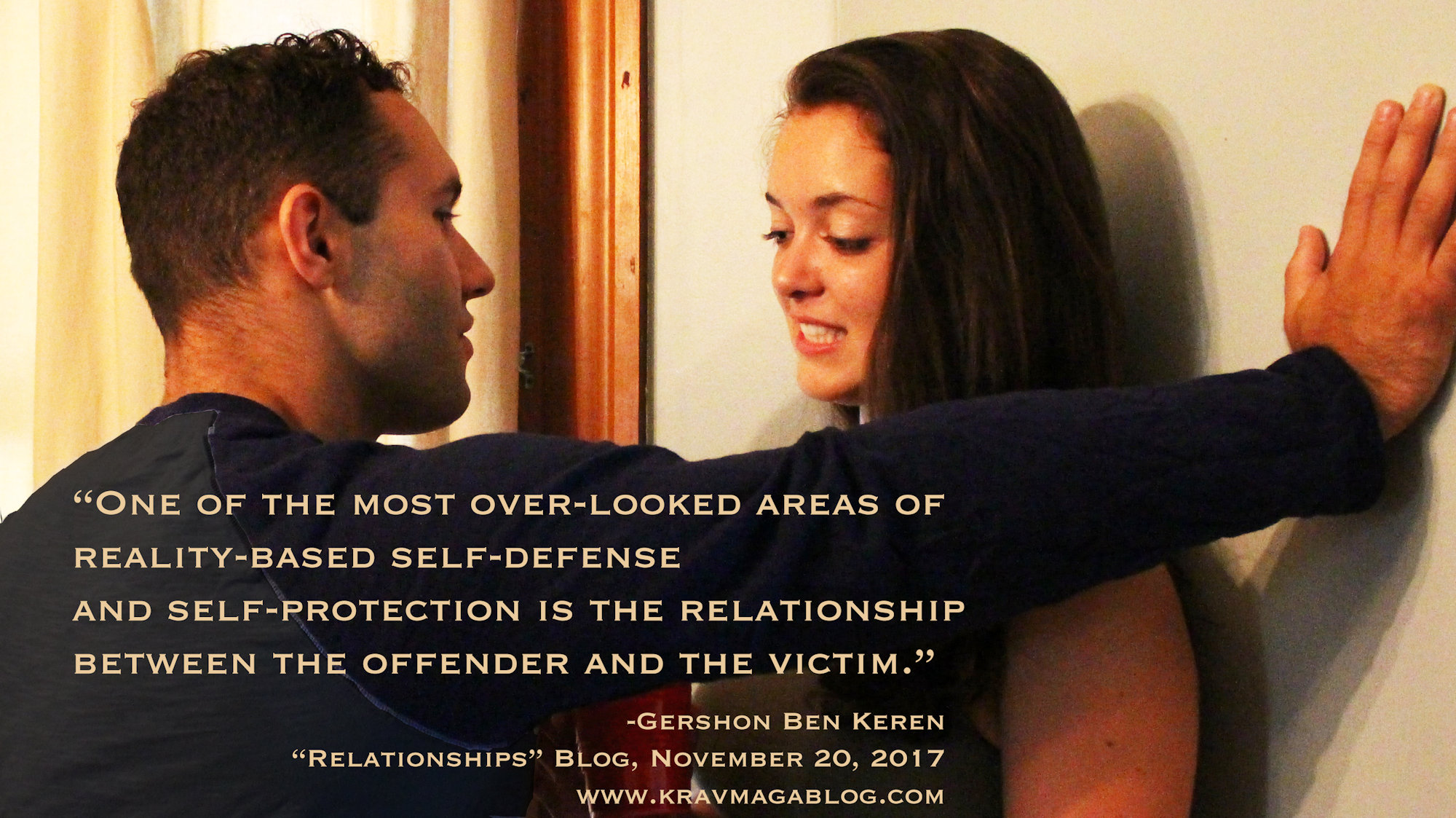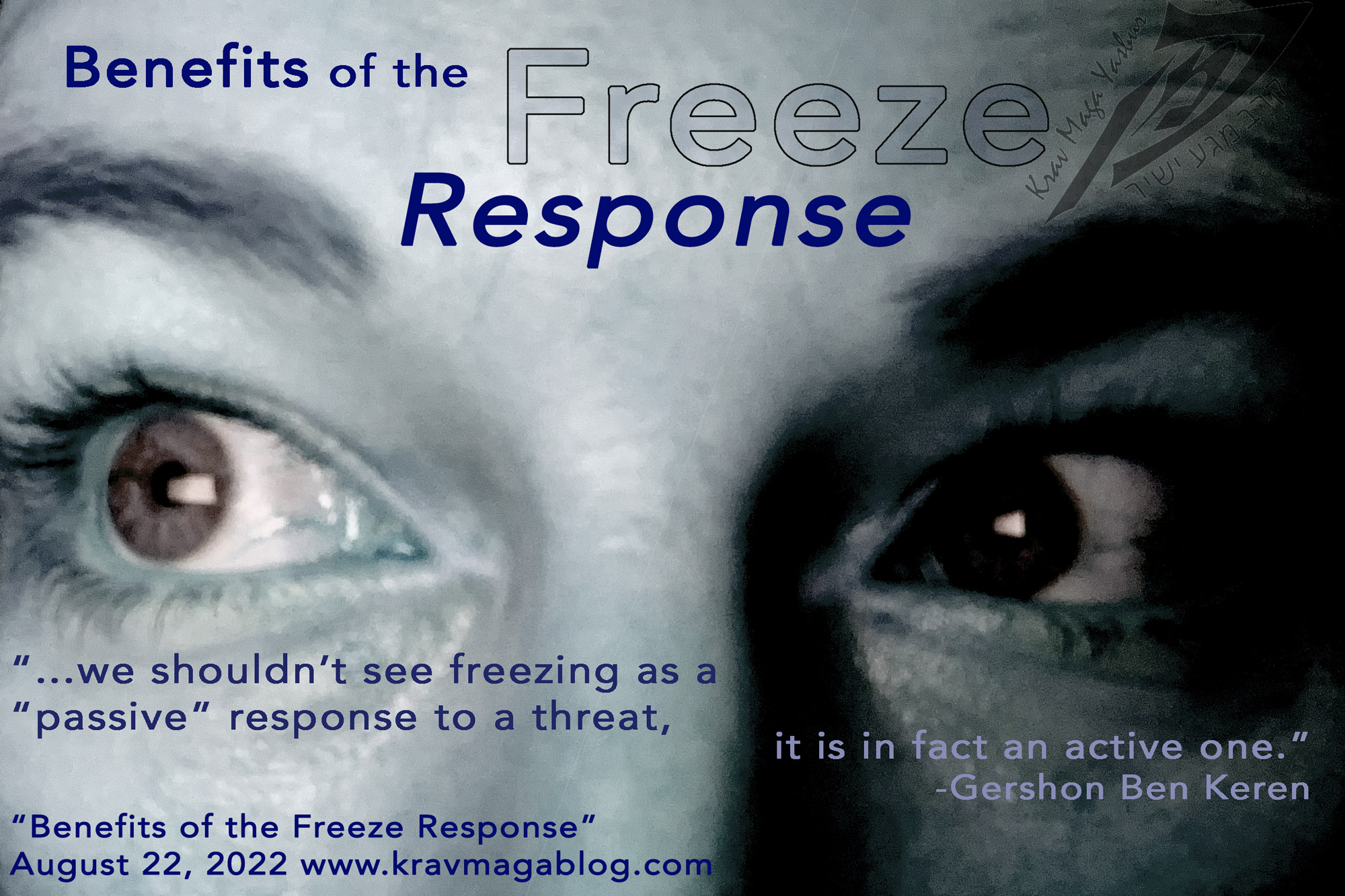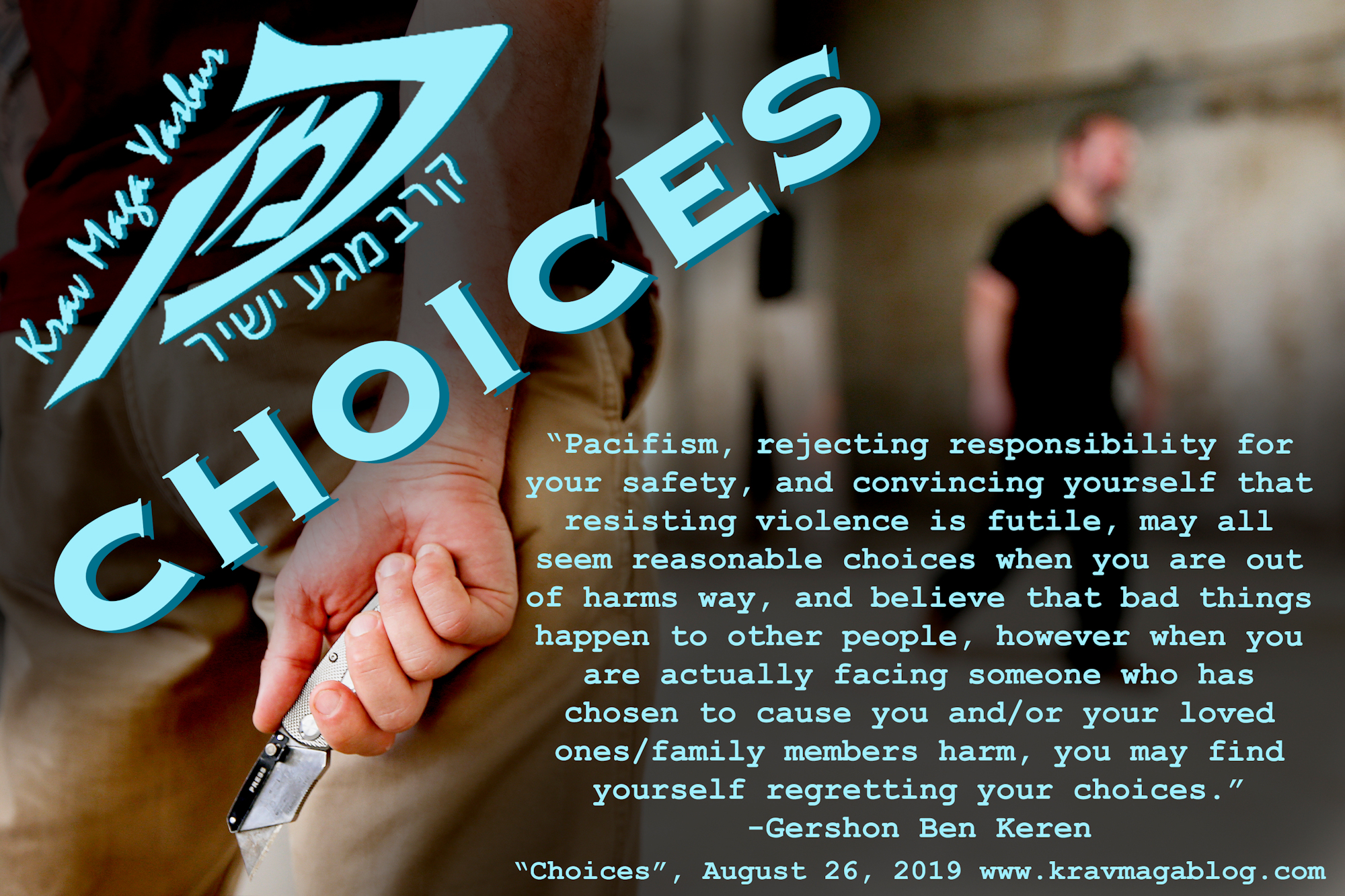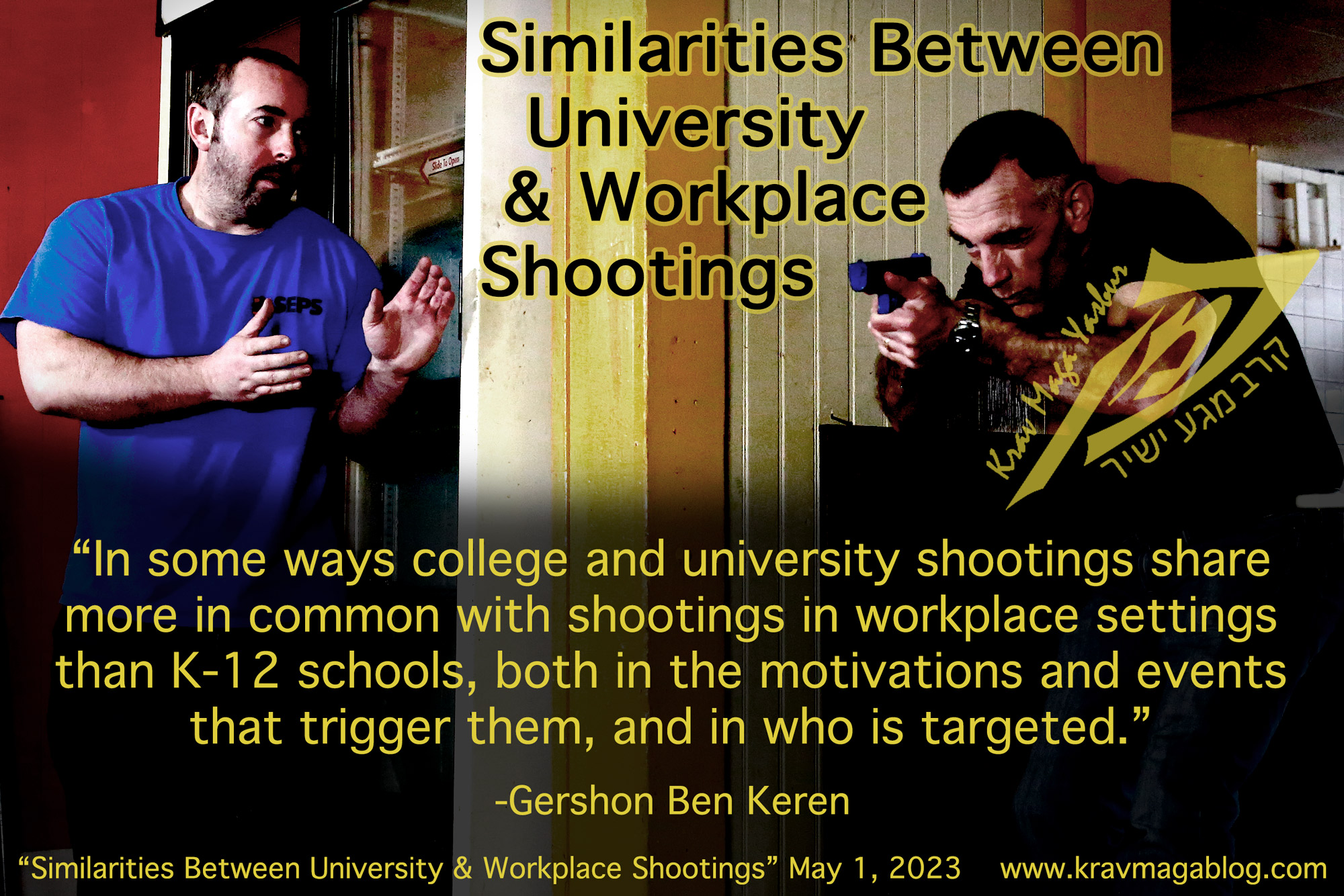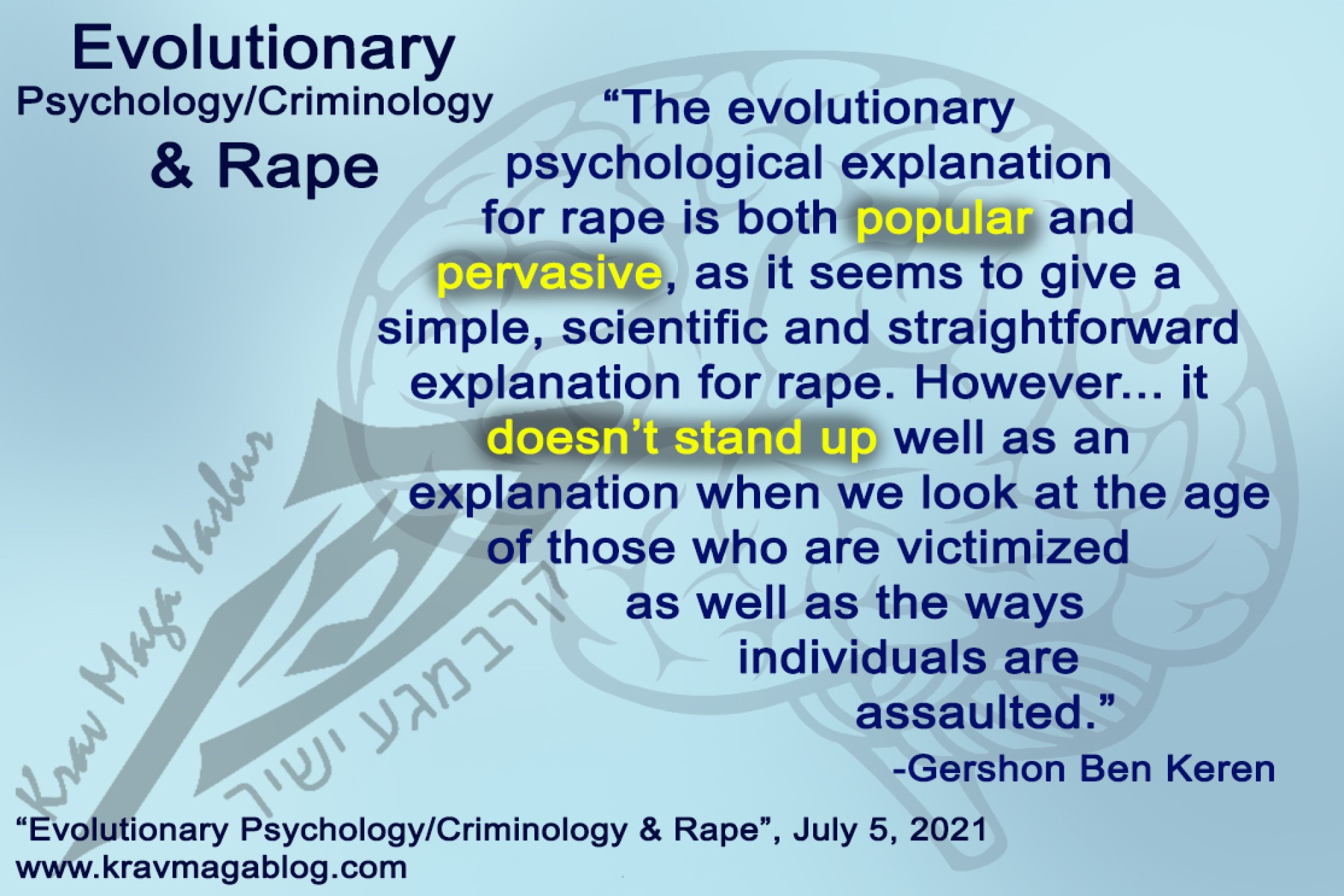Reality Knife Attacks (Continued), is an article written by Gershon Ben Keren, a 5th Degree Black Belt in Krav Maga, who teaches Krav Maga in Boston, MA. He has also authored three Amazon best-Selling Books on Krav Maga.
Perhaps one of the most contentious and hotly debated discussions in Krav Maga and reality-based self-defense concerns that of knife attacks. One of the biggest issues I see is when anecdotal evidence and/or individual experiences become rigid dogma e.g., it happened to me or someone I knew this way and therefore this is universally representative of how knife attacks occur etc. The world of the blog (yes, I am a blogger) and podcast can often promote individual vies, experiences and opinions as if they are the gospel truth, rather than the ruminations of well-meaning individuals who are wanting to make a positive impact upon the world of reality-based self-defense, by making people safer. I have dealt with knife attacks as a “civilian” (I was once attacked in a non-professional capacity by two individuals; one armed with a Kebab Knife in Green Lanes London), and several times whilst “working the door” as a security professional. In most of these incidents I was cut to some degree, which is why I say where and how you are cut, stabbed or “chibbed”, is often more important than whether you blocked or stopped the attack etc. This doesn’t mean that you should go into such encounters “expecting” to be cut but rather acknowledge that an imperfect block that stops a knife going deep into the body can be an effective block. About eighteen months ago I wrote an article that looked at knife attacks from a research/evidential perspective rather than a personal one, which found that most knife crime/violence was committed by individuals that knew each other, that most attacks consisted of a singular slash etc. (this article can be read by clicking here), and in attacks where victim and assailant knew each other multiple stabs/attacks were more common (Ormstad et al., 1986) – people are free to disagree on its findings and I am happy to debate and discuss etc., but this should be beyond an “I believe/think/feel” perspective. In this article I want to look at how and why people (probably untrained) survive knife attacks. If we as trained people can adopt some of those things which affect survival rates, then we – hopefully – can increase our chances of dealing with a knife attack in a way that results in a positive outcome.
Research shows that more people survive a knife attack than don’t e.g., a 1999 study in Edinburgh, that looked at attacks between 1992 and 1994, saw that out of 120 stabbings, 20 incidents – 17 males, 3 females - resulted in a fatality (16%). Another earlier UK study (Thoresen & Rognum, 1986) found that most people who died immediately from stab wounds, did so from penetrating lesions to the heart. A 2018 study (Burke et al.) in Australia found that in Single Stab Injuries (SSI) 82% of fatalities involved a stab wound to the heart, with the rest being to the neck and abdomen. Despite SSI (Single Stab Injuries) to the heart/left-thorax having the potential to be fatal, most fatalities are the result of multiple stab wounds, and multiple wounds were equated with a shorter survival time (Thomsen et al., 2020). Whilst often the latest research provides the most up-to-date and relevant information, when looking at incidents such as stabbings etc., it can be as beneficial to look at the research which took place when such crimes were most prevalent, and the 1980’s and 1990’s were times when knife crime was prevalent in the UK – this doesn’t make more recent research irrelevant it just means that many of these older studies can help us inform ourselves. A recent 2020 study from the UK (Malik et al.), showed that if the victim could get to a hospital and receive treatment the fatality rate dropped to 1.9%. In my time working close protection, each team member knew how to get to the nearest hospital – regardless of traffic works, blocked routes etc. - without the use of GPS, because we knew that if we could get an injured party to the emergency room “miracles” could be performed – this is why knowing first aid, to a point where you can prevent a person’s condition from worsening is such an important skill. Whilst I don’t have an issue with the idea of people owning firearms, I have little time for those who argue that doing so “saves lives” without learning how to “save lives” by attending a basic first aid course (regardless of whether you “carry” or don’t you should attend one). The 1999 study also found that one of the factors that increased the survival rates of those stabbed was the presence of bystanders – people who made the call to the emergency services and administered even the most basic first-aid i.e., if you are stabbed, and can’t make it to an emergency room etc., try and make it to a populated space.
Whilst most of our fears and concerns regarding violence involve strangers in public spaces etc., most homicides concerning women occur in private spaces, involving intimate partners and knives as the weapon of choice (Cook et al., 2020). Whilst there is a tendency regarding reality-based self-defense to equate reality with gender (male) and public spaces, it should be acknowledged that violence isn’t restricted to this, and that there aren’t necessarily universal solutions to it e.g., believing that the solutions to intimate partner violence (IPV), should be the same as those used to deal with violence committed by strangers in public spaces etc. There is a huge difference in dealing with a knife when there is an option to disengage and run than when this isn’t the case e.g., you are a mother who isn’t able to leave dependents etc. This isn’t to say that the solution is to learn controls and disarms etc., but rather to recognize the limits of physical self-defense and emphasize early threat recognition and prevention so that such situations are avoidable and don’t develop.
0 COMMENTS
